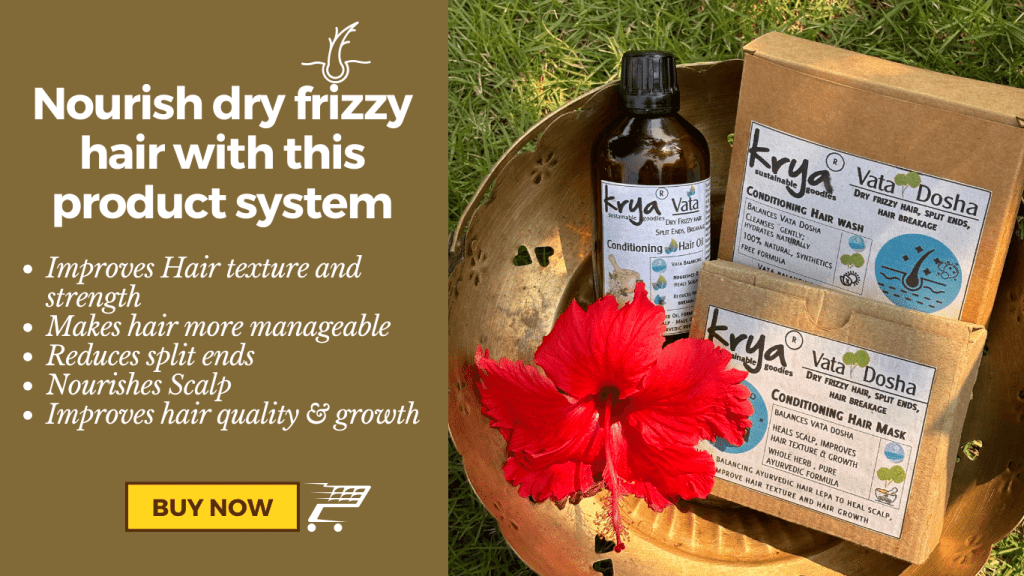Recent Reviews
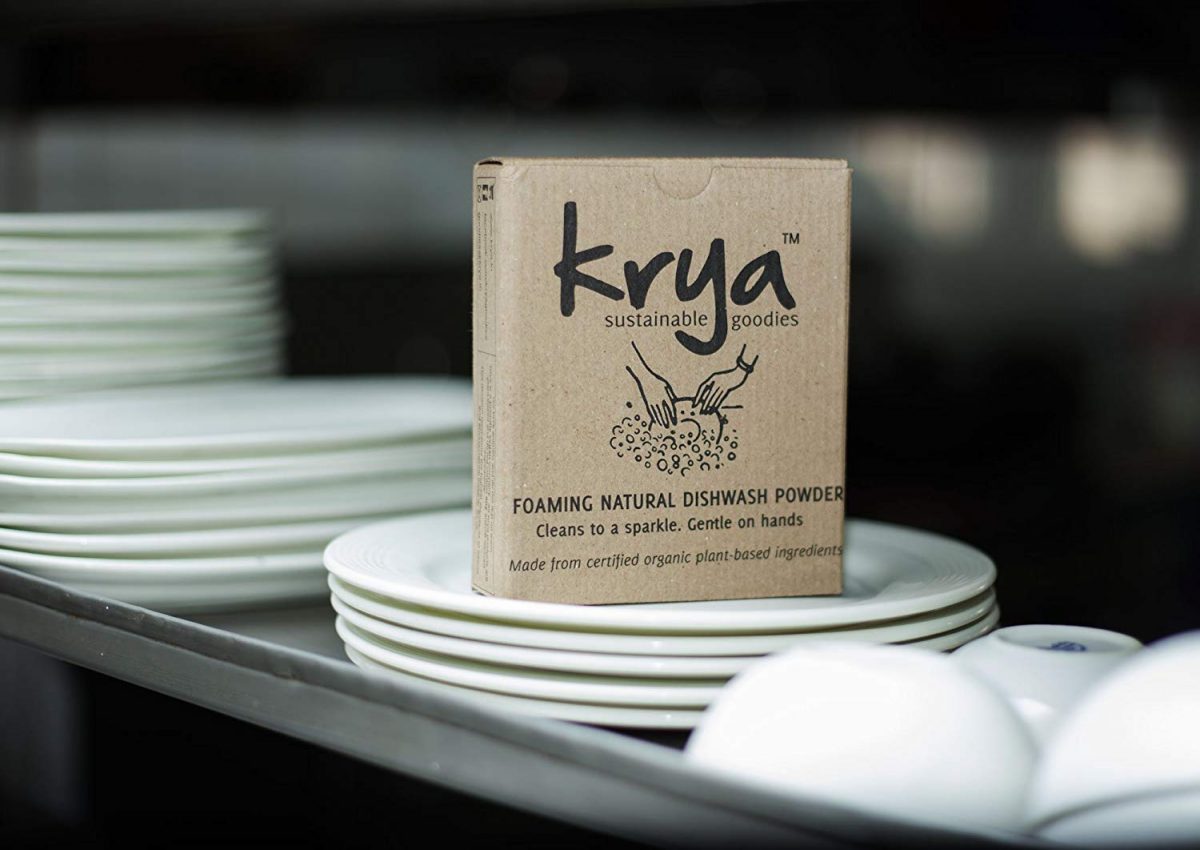
Read More
Excellent! The best part is it cuts the washing time by half. Works like magic! Smells divine too. I can go on and on about this. Wish I had known product this much much earlier.
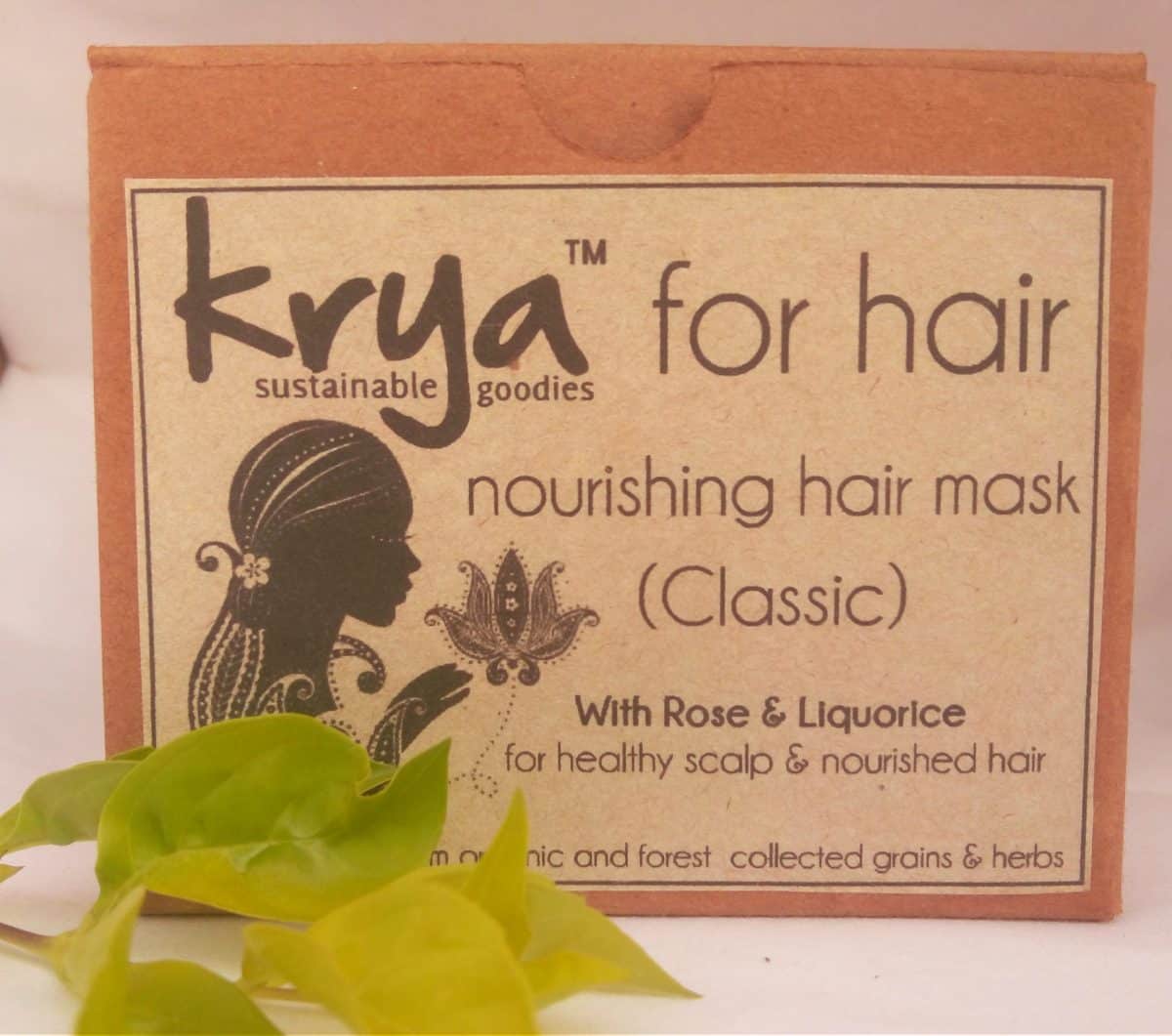
Read More
It was very easy to use and smells good. I have been having less hair loss after using this mask

Read More
Love the scent of this one. Takes me back into my childhood when we used ubtan on Diwali days. Also, my skin tends to get dry starting October, so i prefer the moisture plus bodywash during the next 6 months. No need for any other products.
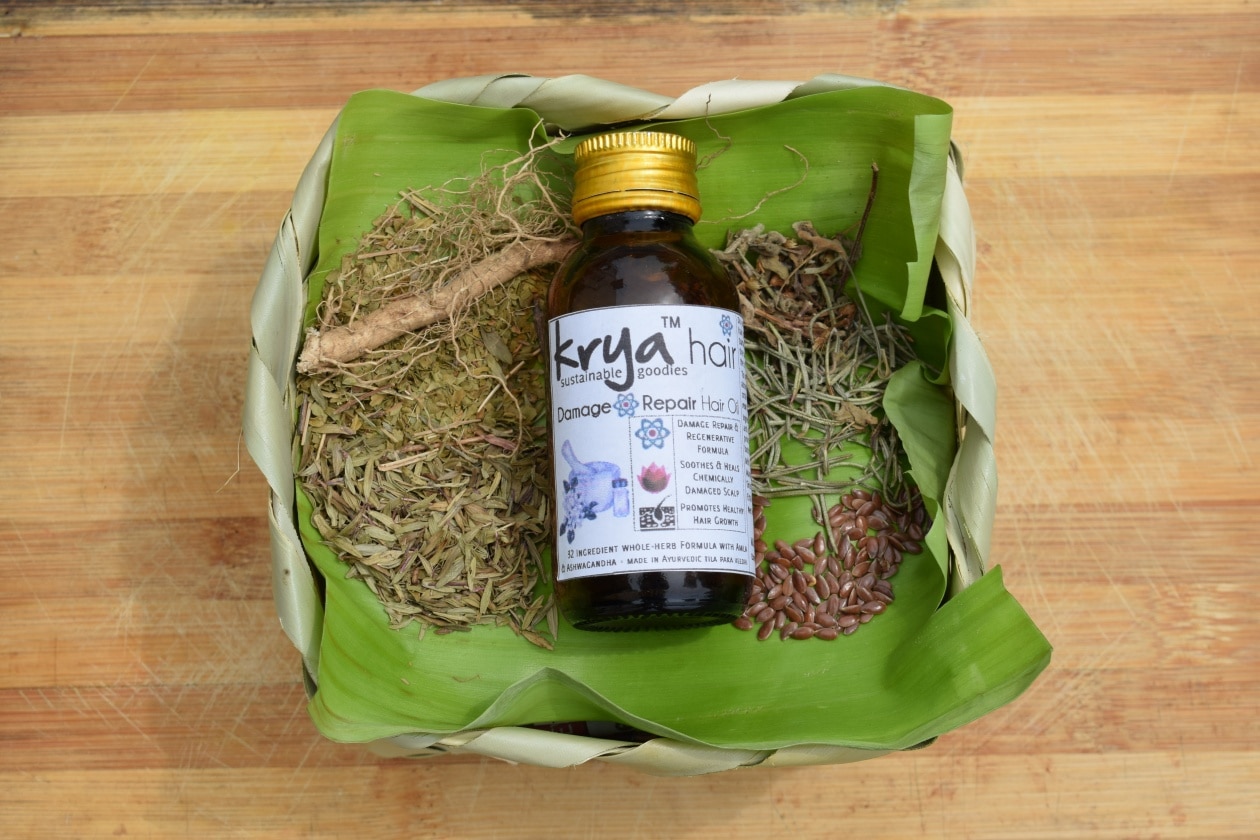
Read More
My fav hair oil !
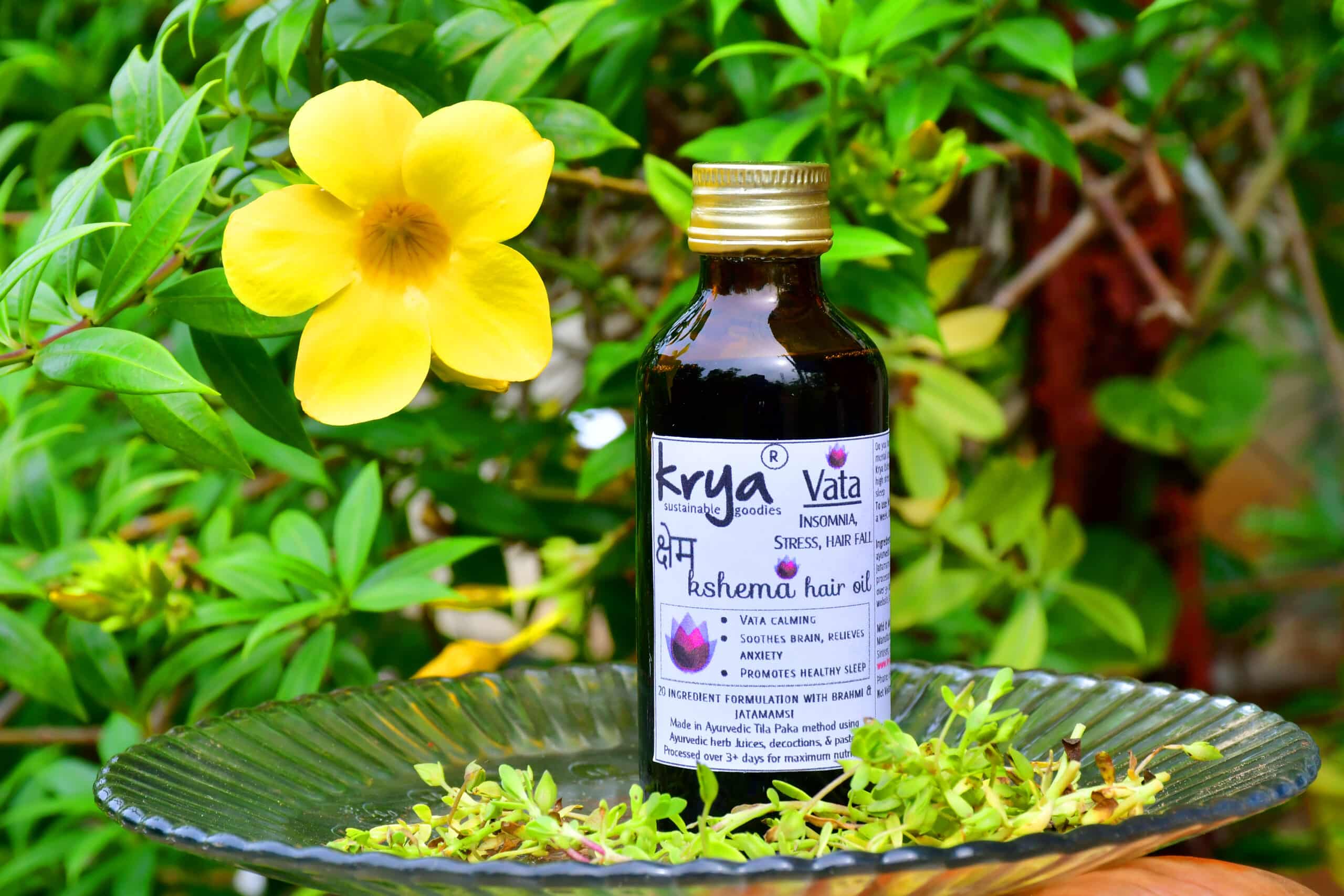
Read More
I recently purchased Krya Kshema Hair Oil with Brahmi & Jatamamsi, and I’m delighted with the results. This oil not only nourishes my hair but also promotes overall scalp health. It’s become an essential part of my hair care routine, and I highly recommend it!
Previous
Next
100%
Natural
Cradle to cradle Sustainability
125+ Original Formulations
Based on Ayurvedic First Principles
From the Blog

Ideal Massage timing – Best time of day to do an Abhyanga massage
We often speak at Krya about the health giving benefits about doing an Abhyanga. An Abhyanga massage experience is therapeutic, helps deep relaxation and helps reset all 3 doshas back to a state of balance. It suits all healthy adults…

How to increase hair volume and density | 6 Ayurvedic tips
Hair thinning is an extremely common problem today. It affects nearly 60% of Men and half the adult female population. We used to see it post menopause a few decades ago, but now younger and younger age groups are experiencing…

Ayurvedic Advice to build the best hair care routine for every hair type
Looking for the best hair care routine for your hair type? Confused by the conflicting advice available on how to care for and maintain healthy hair? Worried about the effect of excessive chemicals on your scalp health? Why is an…

